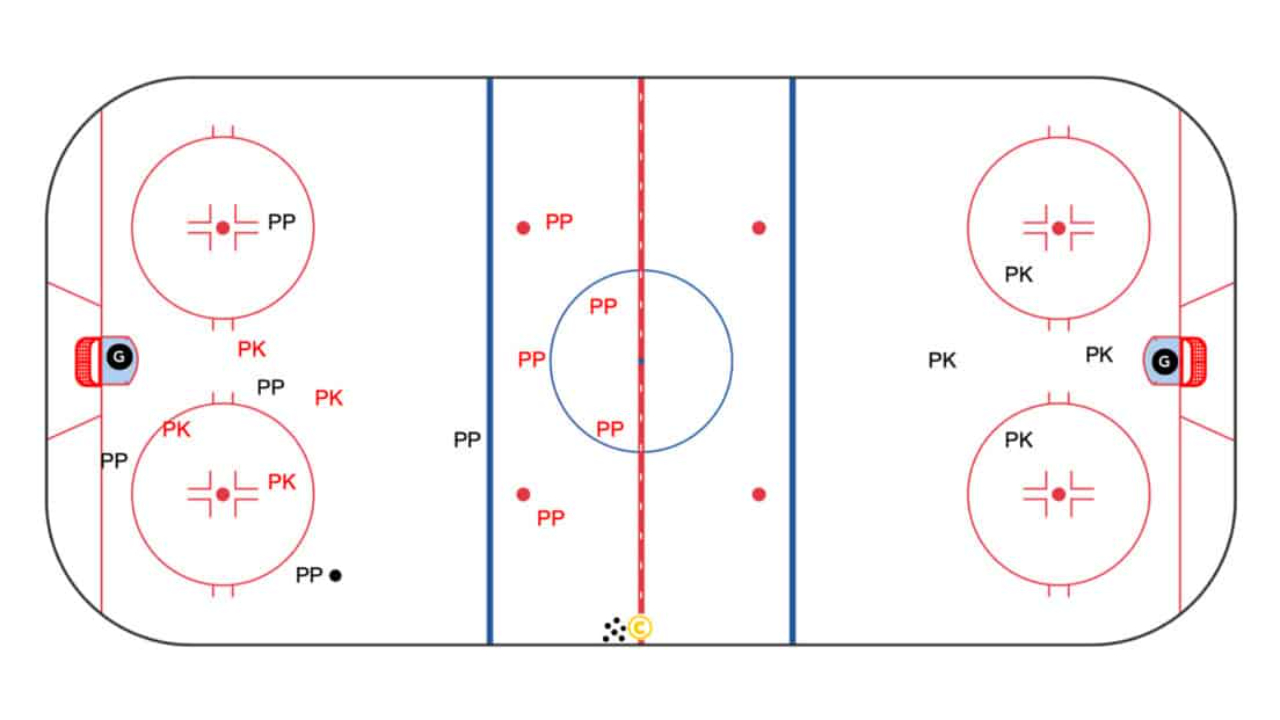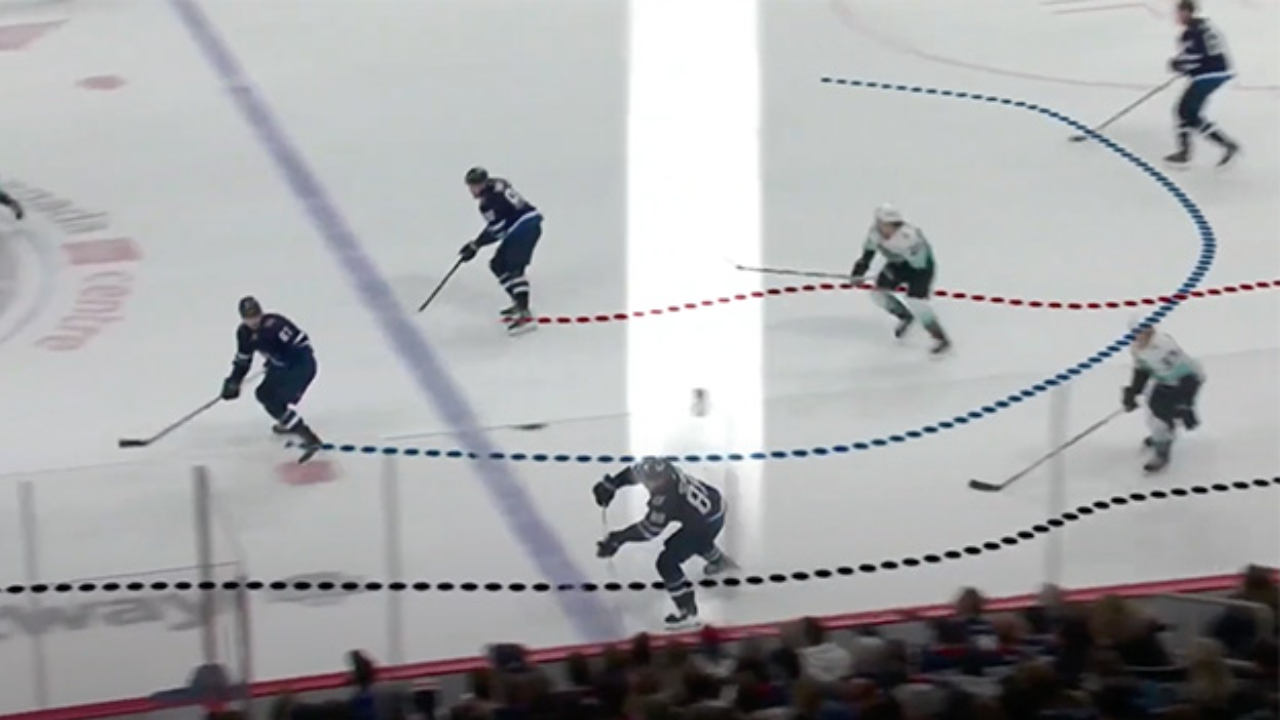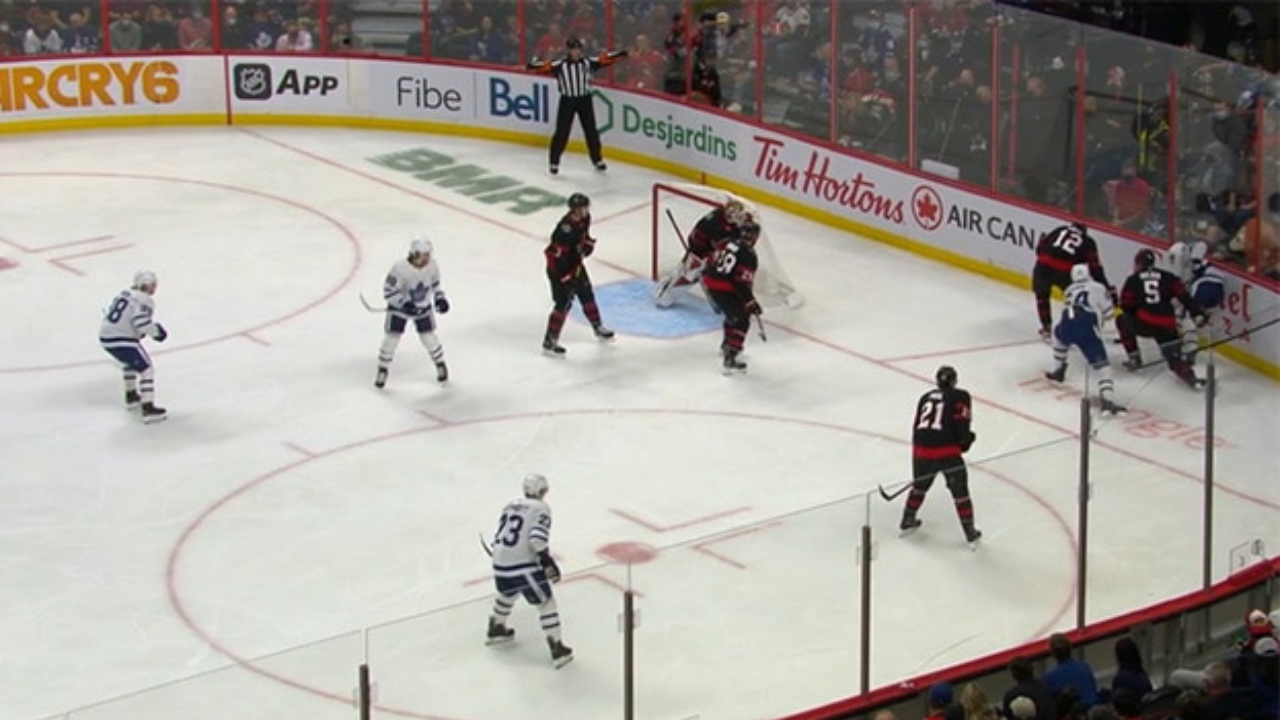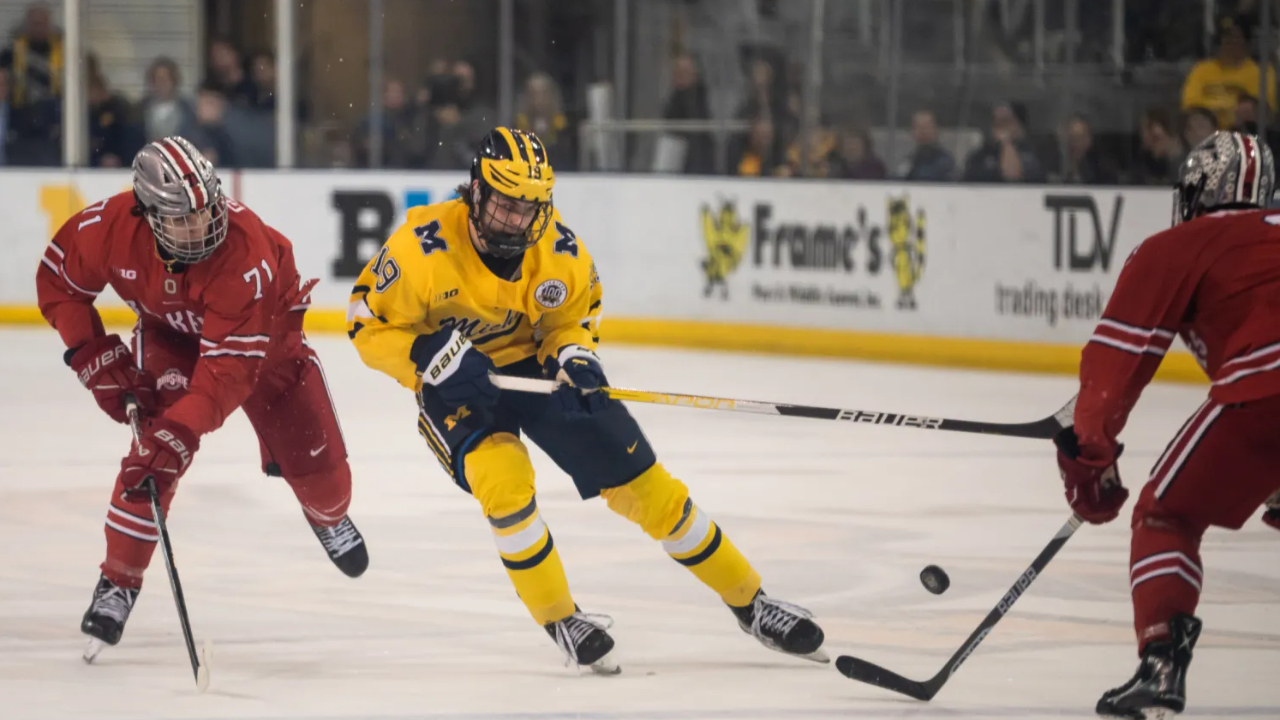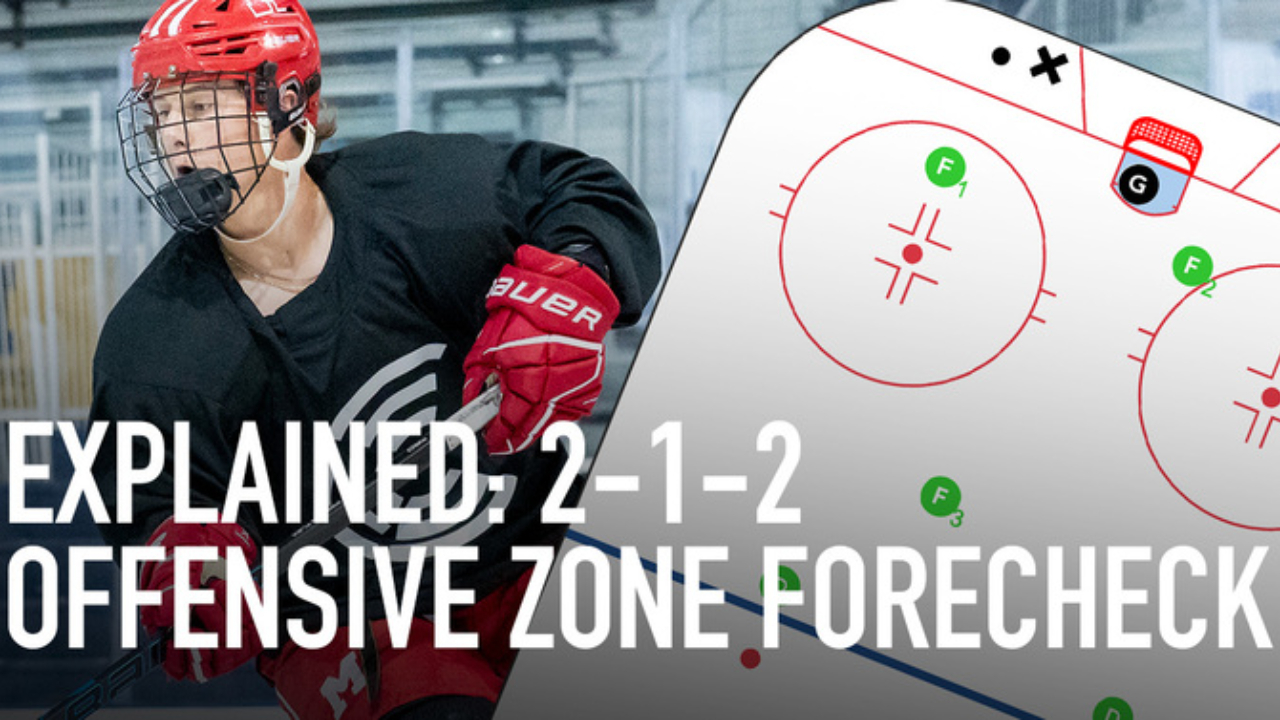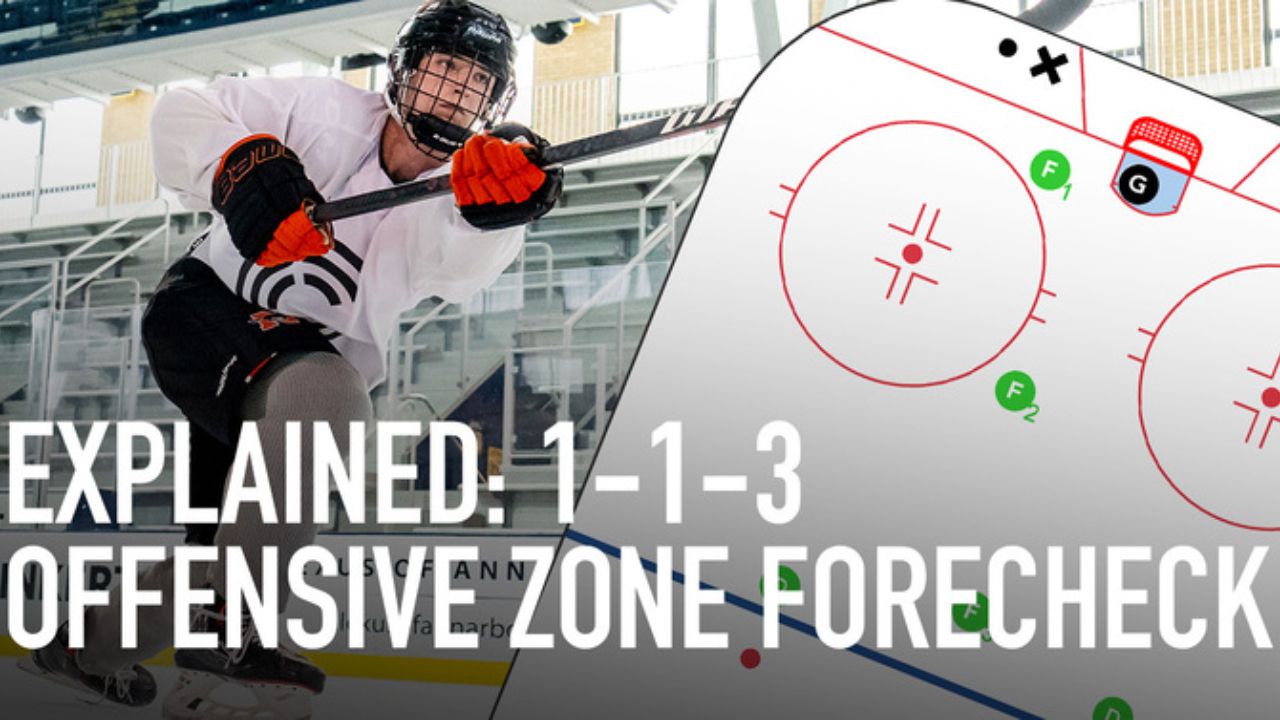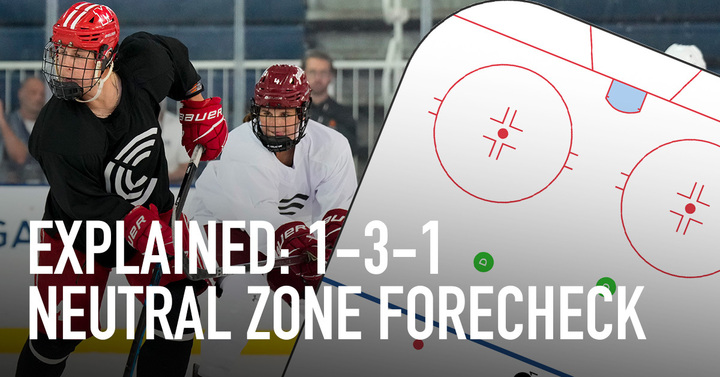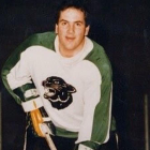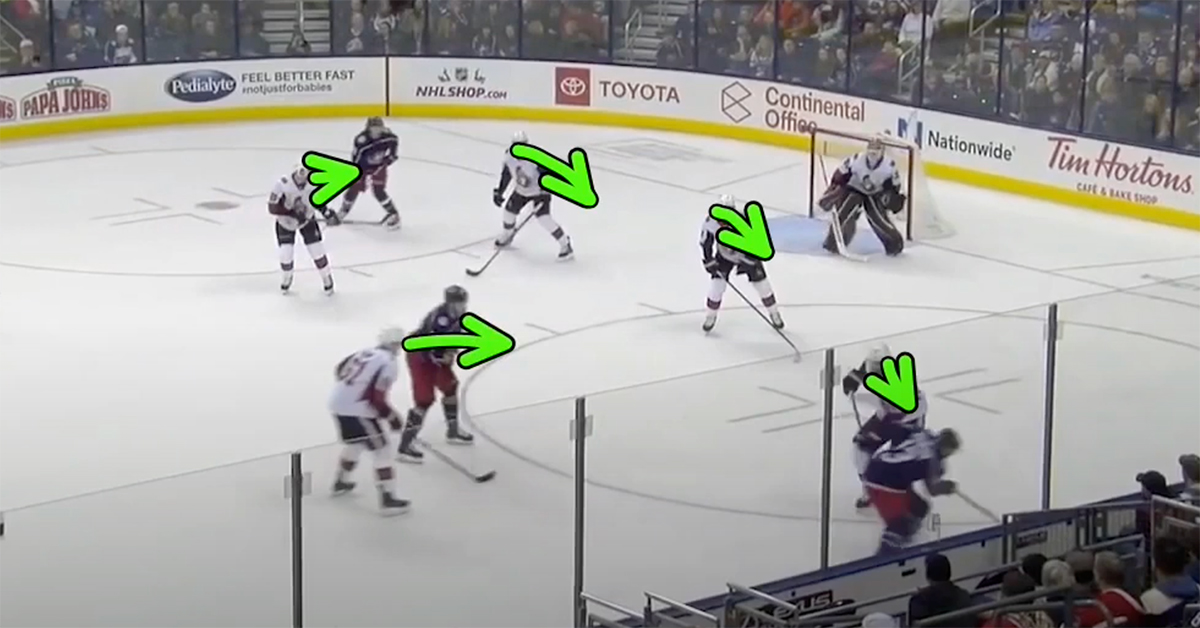Rover, Rover, I call Makar over!
Did you know, in the early 1900s, hockey had seven skaters on the ice, including a unique position called the rover?. This player had no fixed role; he floated between offense and defense, supporting wherever the puck went.
The position disappeared from pro hockey by the 1920s, phased out as the game formalized. But the idea of the rover lives on today—in a new breed of player reshaping the modern NHL.
A Quick History
In the early days of hockey, the rover was a true hybrid, neither forward nor defenseman. He played a fluid, support role wherever needed:
- Joined the rush
- Backed up pinching defensemen
- Helped break up plays at center ice
The rover was popular in the early 1900s but was officially removed from the NHA's lineup structure in 1911, and from most leagues by 1923 as hockey transitioned to six-on-six.
Today’s "Rovers": Not a Position—But a Style
While the position is gone, the rover mentality is alive in how some NHL defensemen play—particularly those who:
- Lead the breakout and the rush
- Skate deep into the offensive zone
- Recover quickly to maintain defensive structure
These players aren’t confined to the blue line. They drive play like a top-line forward but still defend like a top-pair D.
Top Examples of Modern NHL Rovers
Here are a few players who embody the rover mindset today:
Cale Makar (Colorado Avalanche)
- Why he fits: Elite skater, playmaker, and reads pressure like a center.
- Tactics: Activates off the rush constantly, runs Colorado’s offense from both blue line and net drive.
- Rover move: Crosses into the slot mid-cycle and finishes plays like a forward.
Roman Josi (Nashville Predators)
- Why he fits: He has led his team in scoring as a defenseman.
- Tactics: Often plays below the goal line, reads forechecks like a rover would, and cuts off neutral-zone exits.
- Rover move: Joins the cycle and maintains puck control while shifting positions with forwards.
Quinn Hughes (Vancouver Canucks)
- Why he fits: Elite edgework and puck control allow him to roam freely.
- Tactics: Transitions puck through middle ice, joins 3-on-2s without hesitation.
- Rover move: Will jump into high-danger scoring areas if he reads a soft spot.
How Teams Use These Players in System Design
While no NHL team uses a formal “rover” position or forecheck structure, many now build systems to allow one defenseman to play like a rover in certain moments:
- Power plays where the D-man rotates low while a forward covers the point
- Aggressive forechecking systems (like Carolina’s) that let D-men pinch hard and keep plays alive
- Neutral-zone traps where a mobile D anticipates and breaks up the transition before it begins
Coaches like Jared Bednar (Colorado) and Bruce Cassidy (Vegas) encourage creative reads—essentially giving the green light for rover-like movement as long as the team structure adapts behind it.
Why This Works in Today’s NHL
Modern hockey is:
- Faster
- More positionless
- Heavily reliant on puck possession and transition speed
This opens the door for defensemen who can read the ice like a rover would, covering multiple roles and making dynamic decisions rather than playing a fixed “stay-at-home” role.
Final Thought
The rover position may be dead, but the rover mentality is thriving.
It lives in the new wave of mobile defensemen who play with creativity, confidence, and freedom. These players are blurring the lines between positions and pushing hockey toward a more fluid, positionless future.
As systems evolve and coaching embraces flexibility, don’t be surprised if we see even more rovers roaming NHL ice—with or without the name on the lineup card.

